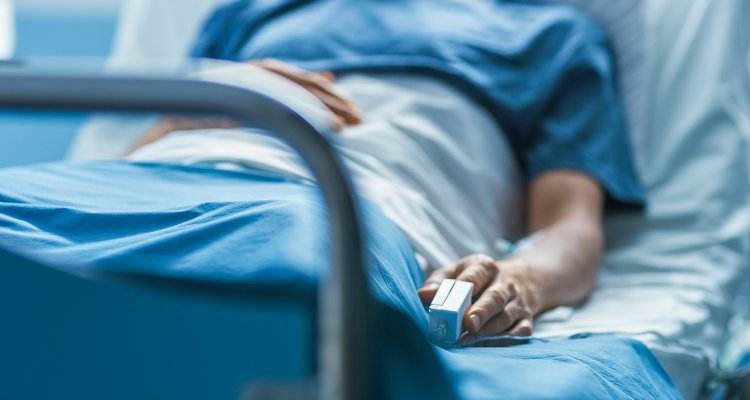
News
WUR PhD candidate wants to prevent extreme atrophy in IC patients
Critically ill patients in intensive care often lose a significant portion of their muscle tissue, which increases the risk of complications and, hence, mortality. Moreover, it may increase the recovery time these patients need. Lauryn Domingos, a WUR PhD student, has been granted funds from the Dutch Research Council (NWO) to investigate how this muscle atrophy may be limited. The funds are made available via a Mosaic 2.0 grant for graduates with a migration background.
Too little exercise, ventilators and sedation appear to contribute significantly to muscle atrophy among IC patients. Electric muscle stimulation mimics exercise and may contribute to retaining muscle tissue.
The project
In this project, Domingos will study sedated IC patients and healthy volunteers in an effort to retain muscle tissue and thus contribute to better clinical results in critically ill patients.
Domingos: ‘We introduce muscle contraction through electrostimulation but combine that with a regimen of protein-rich food. With this approach, which is to be applied to both healthy volunteers and sick patients, we hope to develop a method to retain muscle tissue and, as a result, provide a better quality of life.
Pursuing a PhD is not all that logical for me as a first-generation student. I am tremendously grateful that the NWO provides me with the opportunity to do this study and allows me the freedom to design my own project. I look forward to implementing the project with my supervising team.’
More on Mosaic 2.0
The PhD grant programme Mosaic 2.0 focuses on graduates from Africa, Asia, the Caribbean, Latin America and Turkey, as well as native peoples of North America and Oceania. This group is underrepresented in the Netherlands and in science, and the programme aims to promote an inclusive working environment within Dutch knowledge institutes.